CEBU CITY, Philippin es –From being the site of the first Spanish settlement to evolving into a bustling metropolis, Cebu City has played a pivotal role in the nation’s development while preserving its rich heritage.
As Cebu City prepares for its Charter Day celebration on February 24, it provides the perfect opportunity to reflect on its remarkable journey from its early days as a fishing village under Rajah Humabon to a thriving urban center.
Today, it is one of the country’s primary business hubs, with rapid growth across industries such as commerce, trade, education, and tourism. Yet, despite its dynamic growth, Cebu City retains a laid-back charm that offers visitors both the vibrancy of city life and the tranquility of its natural attractions.
READ:
Michelin Guide in Cebu: A historic first
Cebu among Asia-Pacific’s ‘best cities’ – study
Cebu journeys through centuries toward economic, tourism success
In celebration of the city’s Charter Day, here are a few key facts about its enduring legacy:
Sebu: The Origins of Cebu
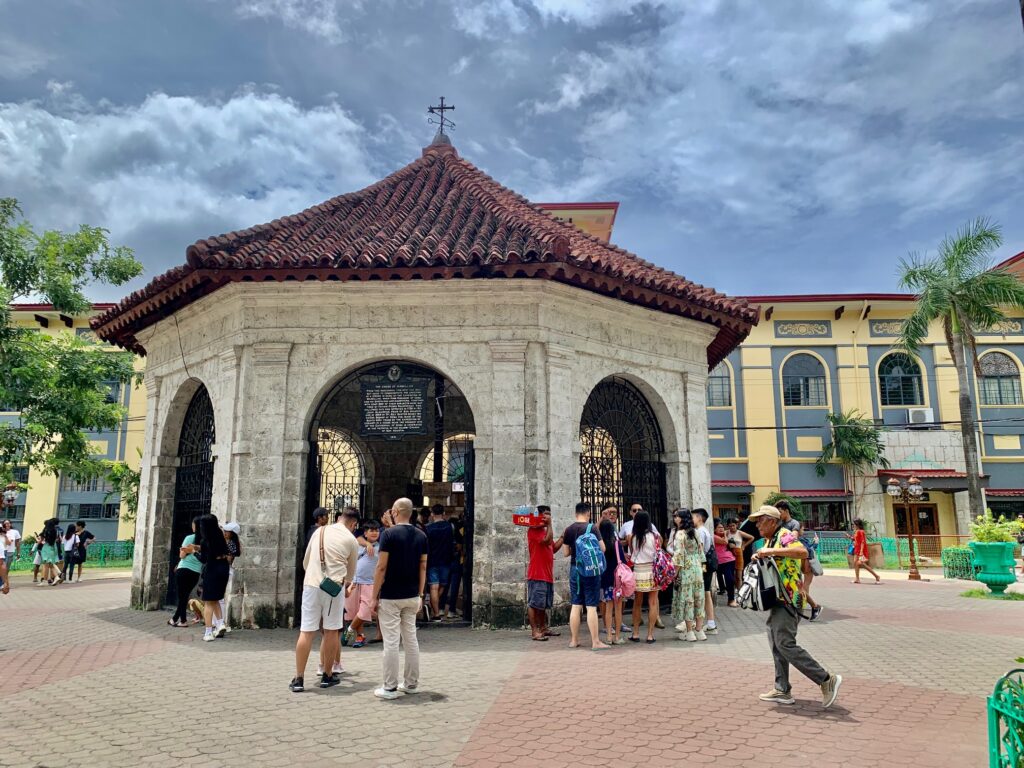
The famous Magellan’s Cross in Cebu City. CDN Digital photo | Brian J. Ochoa
Long before Spanish colonization, Cebu was a thriving trading hub and fishing village ruled by Rajah Humabon, one of the most prominent native leaders in pre-colonial Philippine history.
While many online sources claim that the name Cebu originated from Sebu, meaning animal fat, an article published by CDN Digital in 2020, written by Cebuano archaeologist and historian Dr. Jobers Reynes Bersales, refutes this erroneous claim. It argues that Sebo (animal fat) is a Spanish word, making it illogical for Cebu to have been named as such before Spanish arrival.
Instead, Bersales explains that Cebu was historically known as Zubu or Zebu, which were European adaptations of Sugbu, which means “to get out of one’s boat in order to wade in shallow water,” in reference to the port of Humabon’s settlement.
“‘Sugbu’ was misspelled as Zzubu or Zubu (which much later became Cebu) by Antonio Pigafetta, the Italian chronicler of the Magellan expedition simply because his ear was not accustomed to hearing the hard ‘g’. And that Sugbu meant to “wade in shallow water,” an important characteristic of Humabon’s port,” he wrote.
Cebu City: The Oldest City in the Philippines
Cebu City is recognized as the oldest Spanish-established city in the Philippines and the site of the first Spanish settlement and colonial capital.
Its pivotal role in Philippine history began with Ferdinand Magellan’s arrival on April 7, 1521, which led to the historic baptism of Rajah Humabon, his wife, and hundreds of his subjects, introducing Christianity to the archipelago. However, Magellan’s expedition was short-lived, as he was killed in the Battle of Mactan on April 27, 1521, by the forces of Datu Lapulapu.
Decades later, in February 1565, Spanish explorer Miguel López de Legazpi returned and established the first permanent Spanish settlement in Cebu.
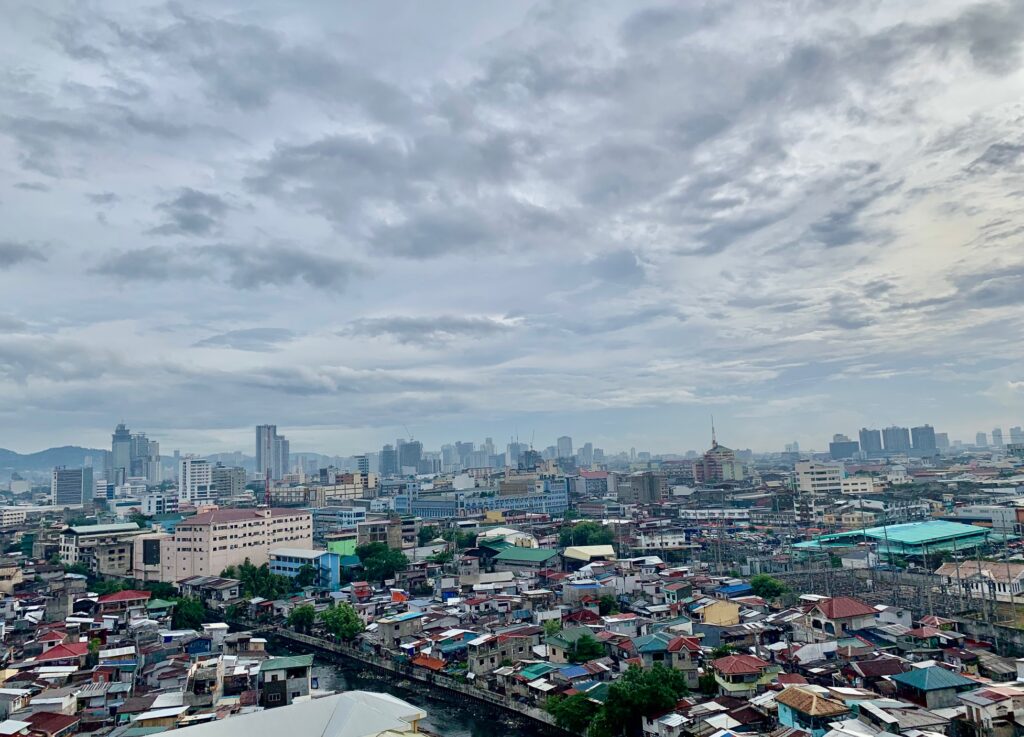
FILE: Aerial view of downtown Cebu City taken on July 9, 2023. CDN Digital photo | Brian J. Ochoa
The Queen City of the South
Cebu City, the capital of Cebu province, is the economic, cultural, and historical heart of the Visayas. Dubbed the “Queen City of the South,” it serves as a major hub for commerce, trade, education, and industry, driving growth not just in the region but throughout the country.
Over the years, Cebu has evolved into a global center for shipping, tourism, business process outsourcing (BPO), and heavy industry. Its strategic location, robust infrastructure, and skilled workforce have made it a key player in the national economy, attracting investments and visitors from around the world.

Downtown Cebu City. CDN Digital file photo
Cebuano Language and Diversity
Cebuano remains the dominant language in Cebu City, spoken by the majority of its residents.
However, Tagalog and English are also widely used, particularly in business, education, and government, making the city accessible to visitors, investors, and migrants from various regions.
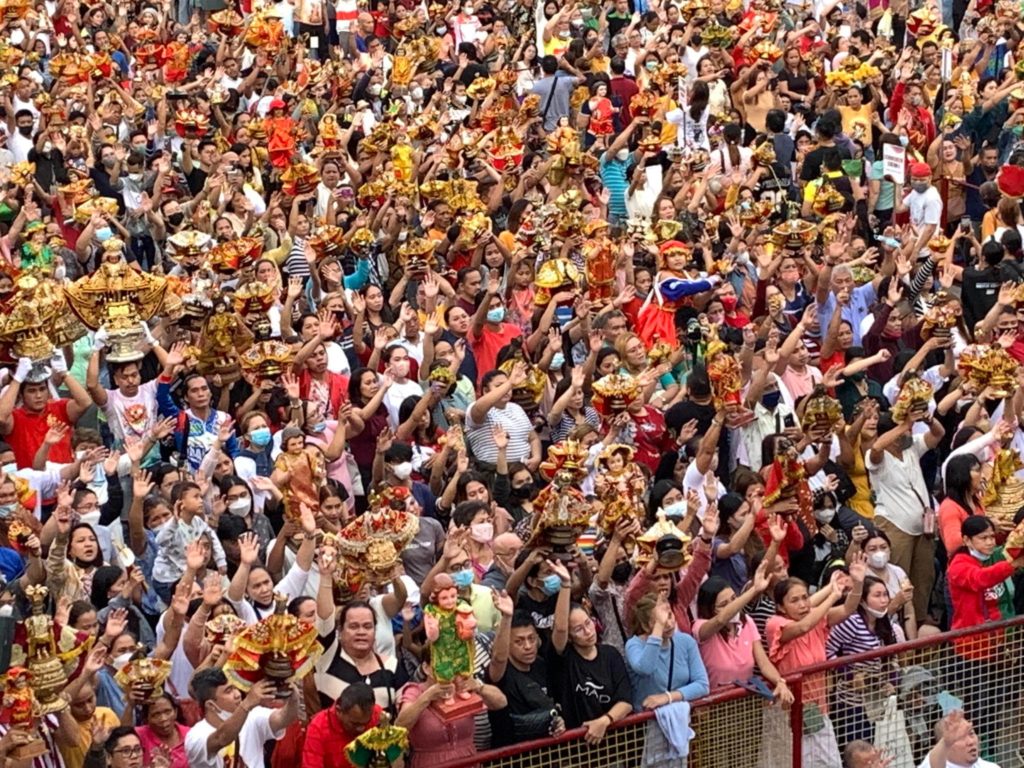
Devotees hold up their Sto. Niño statues during the Opening Salvo of the 458th Fiesta Señor in Cebu City on Thursday, January 5, 2023. | Morexette Marie Erram
The Birthplace of Christianity in the Far East
Cebu City is recognized as the birthplace of Christianity in the Far East, playing a pivotal role in the spread of the Catholic faith across the Philippines. It is home to the largest Catholic archdiocese in Asia, with approximately 80 percent of the population identifying as Catholic. Historic religious landmarks, such as the Basilica Minore del Santo Niño, stand as enduring symbols of the city’s deep-rooted faith and religious heritage.
Cebu City has 80 barangays
Adlaon
Agsungot
Apas
Babag Basak Pardo
Bacayan
Banilad
Basak San Nicolas
Binaliw
Bonbon
Budla-an
Buhisan
Bulacao
Buot-Taup Pardo
Busay
Calamba
Cambinocot
Capitol Site
Carreta
Central
Cogon Ramos
Cogon Pardo
Day-as
Duljo
Ermita
Guadalupe
Guba
Hippodromo
Inayawan
Kalubihan
Kalunasan
Kamagayan
Camputhaw
Kasambagan
Kinasang-an Pardo
Labangon
Lahug
Lorega
Lusaran
Luz
Mabini
Mabolo
Malubog
Mambaling
Pahina Central
Pahina San Nicolas
Pamutan
Pardo
Pari-an
Paril
Pasil
Pit-os
Pulangbato
Pung-ol-Sibugay
Punta Princesa
Quiot Pardo
Sambag I
Sambag II
San Antonio
San Jose
San Nicolas Central
San Roque
Santa Cruz
Sawang Calero
Sinsin
Sirao
Suba Pob.
Sudlon I
Sudlon II
Sapangdaku
T. Padilla
Tabunan
Tagbao
Talamban
Taptap
Tejero
Tinago
Tisa
To-ong Pardo
Zapatera
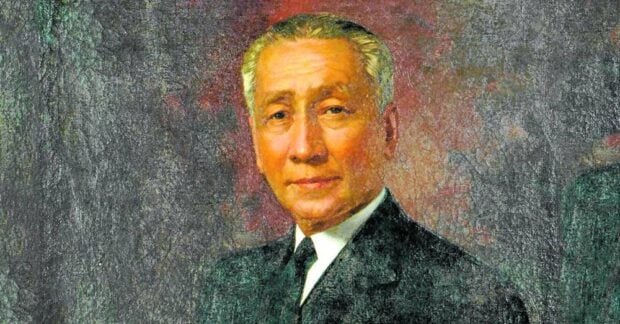
Sergio Osmeña Sr. (Photo from the Official Gazette)
First Cebuano President: Sergio Osmeña Sr.
Sergio Osmeña Sr., born in Cebu City on September 9, 1878, was the first Cebuano president and the fourth President of the Commonwealth of the Philippines (1944–1946).
He assumed the presidency on August 1, 1944, following the death of Manuel Quezon, leading the Philippine government-in-exile during World War II. Osmeña played a crucial role in the liberation of the Philippines, working alongside General Douglas MacArthur during the Leyte Landing in October 1944 to reclaim the country from Japanese occupation.
Beyond his wartime leadership, Osmeña was instrumental in securing Commonwealth status for the Philippines in 1935, laying the groundwork for eventual independence. A respected journalist, he founded El Nuevo Día, a Cebu-based newspaper, in 1900, advocating for Filipino rights under American rule. He was also a brilliant legal mind, placing second in the 1903 Philippine Bar Examination before embarking on a distinguished career in public service.
In the 1946 presidential elections, Osmeña sought re-election but lost to Manuel Roxas, marking the end of his presidency and the transition to the Third Republic of the Philippines.
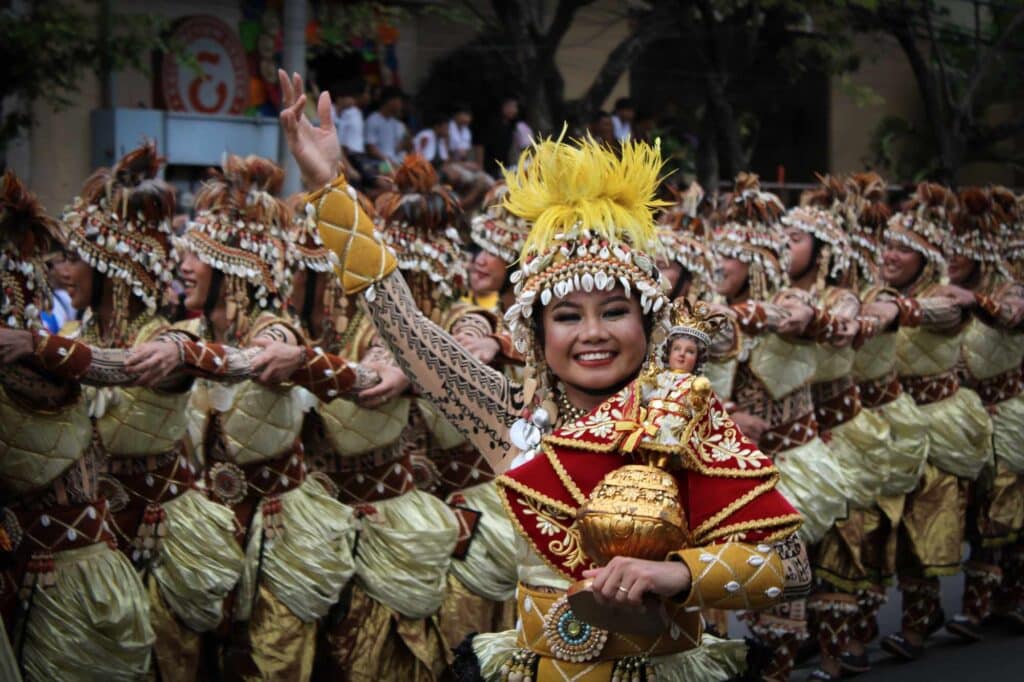
A lead dancer carries the image of St. Niño during the street parade of the Sinulog sa Dakbayan 2025 in Cebu City. | Josh Almonte
Sinulog: A Celebration of Faith and Culture
The Sinulog Festival, held every third Sunday of January, is Cebu’s grandest and most celebrated festival, honoring the Santo Niño (Holy Child Jesus). It is a vibrant showcase of faith, culture, and history, featuring colorful street dances, grand processions, and elaborate rituals that attract millions of devotees and tourists from around the world.
The first official Sinulog parade was organized in 1981, but the tradition dates back centuries, rooted in the indigenous dance ritual performed by early Cebuanos in reverence to the Santo Niño.
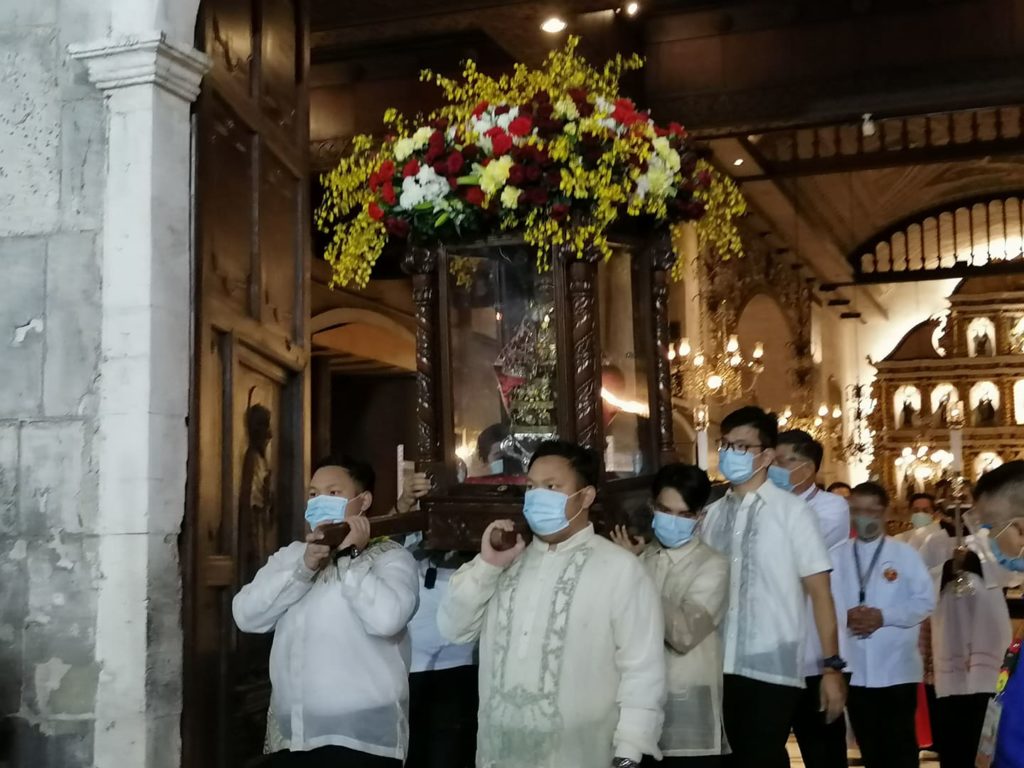
The image of Snr. Sto. Niño is brought out to the Pilgrim Center on the first day of the Fiesta Señor 2021 novena mass at the Basilica Minore del Santo Niño de Cebu on January 8, 2020. CDN Digital photo | Morexette Marie Erram
The Oldest Surviving Catholic Relic in the Country
At the heart of Cebu’s religious identity is the revered image of the Santo Niño, enshrined in the Basilica Minore del Santo Niño. This sacred relic, gifted by Ferdinand Magellan to Rajah Humabon and his wife in 1521, is the oldest surviving Catholic religious artifact in the Philippines.
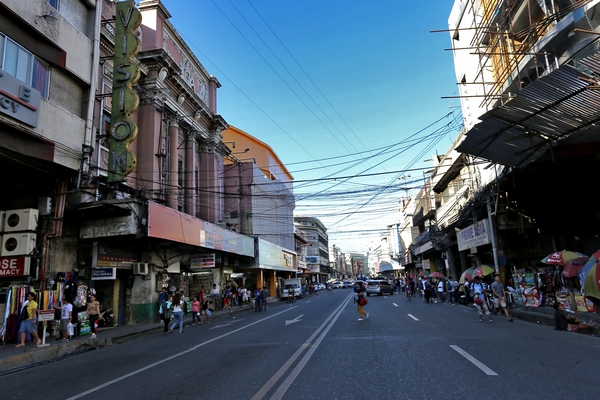
Colon Street. | CDN file
The Oldest Street in the Philippines
Colon Street, often referred to as the oldest street in the Philippines, was established during the Spanish colonial period under Miguel López de Legazpi’s rule in 1565. Named after Christopher Columbus (Cristóbal Colón), this historic street became Cebu’s early commercial and cultural center.
However, some debate exists over whether Calle Magallanes might hold the title of the oldest street in the country.
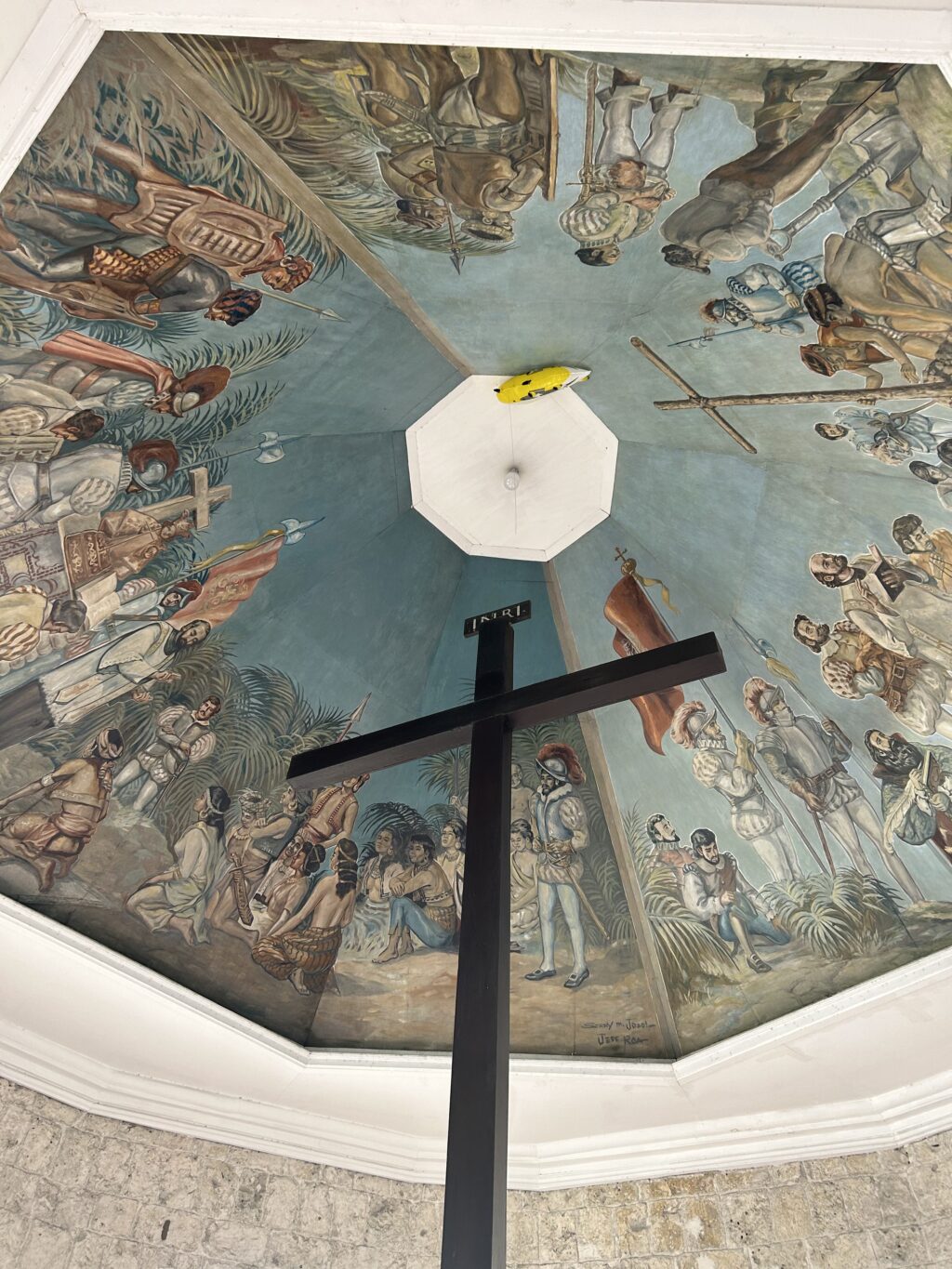
The wooden cross is said to encase the original cross planted by Portuguese explorer Ferdinand Magellan in 1521. | CDN file
Magellan’s Cross: A Symbol of Christianity
One of Cebu’s most iconic landmarks, Magellan’s Cross was planted on April 14, 1521, by Ferdinand Magellan to commemorate the first Christian baptisms in the Philippines. It is considered a symbol of the country’s conversion to Christianity.
The original cross is encased in a tindalo wood structure inside a small chapel near the Basilica Minore del Santo Niño, preserving this significant relic of Philippine history.
University of San Carlos: One of the Oldest Universities in the Philippines
Located in Cebu City, the University of San Carlos (USC) is one of the oldest educational institutions in the country. Originally established as Colegio de San Ildefonso in 1595 by Spanish Jesuits, it has since evolved into a premier university, known for its contributions to education, research, and innovation.

The Cebu Metropolitan Cathedral. CDN file
Cebu Metropolitan Cathedral: The Heart of Cebu’s Catholic Faith
The Cebu Metropolitan Cathedral serves as the ecclesiastical seat of the Metropolitan Archdiocese of Cebu. Built in the late 1500s, this grand structure has undergone multiple renovations due to natural disasters and wartime destruction.
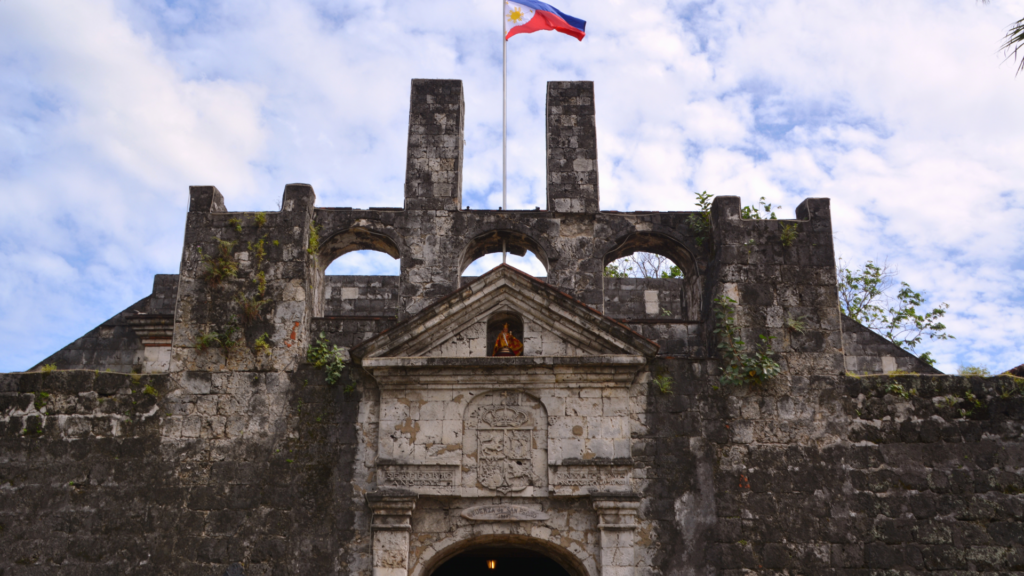
One of Cebu’s heritage sites is Fort San Pedro located in Plaza Independencia.
Fort San Pedro: The Oldest and Smallest Fort in PH
Fort San Pedro, located in Cebu City, is the oldest and smallest fort in the Philippines. Built in 1565 under the command of Miguel López de Legazpi, it originally served as a military defense structure against pirate raids and local uprisings.
Over the centuries, it has also functioned as a prison, barracks, and even a zoo before being transformed into a historical park and museum, showcasing Cebu’s rich colonial history.
Casa Gorordo Museum: A Glimpse Into Spanish Colonial Life
The Casa Gorordo Museum is a well-preserved Spanish-era ancestral house that offers a look into Cebu’s colonial past. Originally built in the 1850s, the house belonged to Juan Gorordo, the first Filipino bishop of Cebu.
Today, it serves as a museum showcasing period furniture, artworks, and artifacts, giving visitors a taste of the lifestyle and culture during the Spanish era.
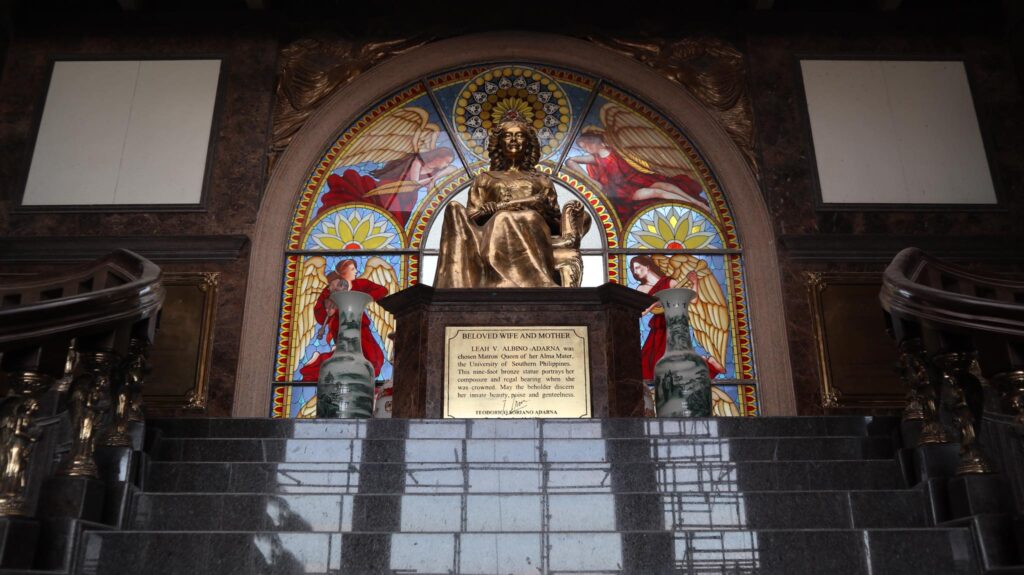
Temple of Leah (Photo grabbed from the official Facebook page of the Temple of Leah)
Temple of Leah: The Taj Mahal of Cebu
Nicknamed the “Taj Mahal of Cebu”, the Temple of Leah is a grand Roman-style shrine built in 2012 by Teodorico Soriano Adarna as a tribute to his late wife, Leah Villa Albino-Adarna. Inspired by classical architecture, the temple features majestic Doric columns, intricate sculptures, and breathtaking city views, making it a popular tourist attraction and symbol of undying love.
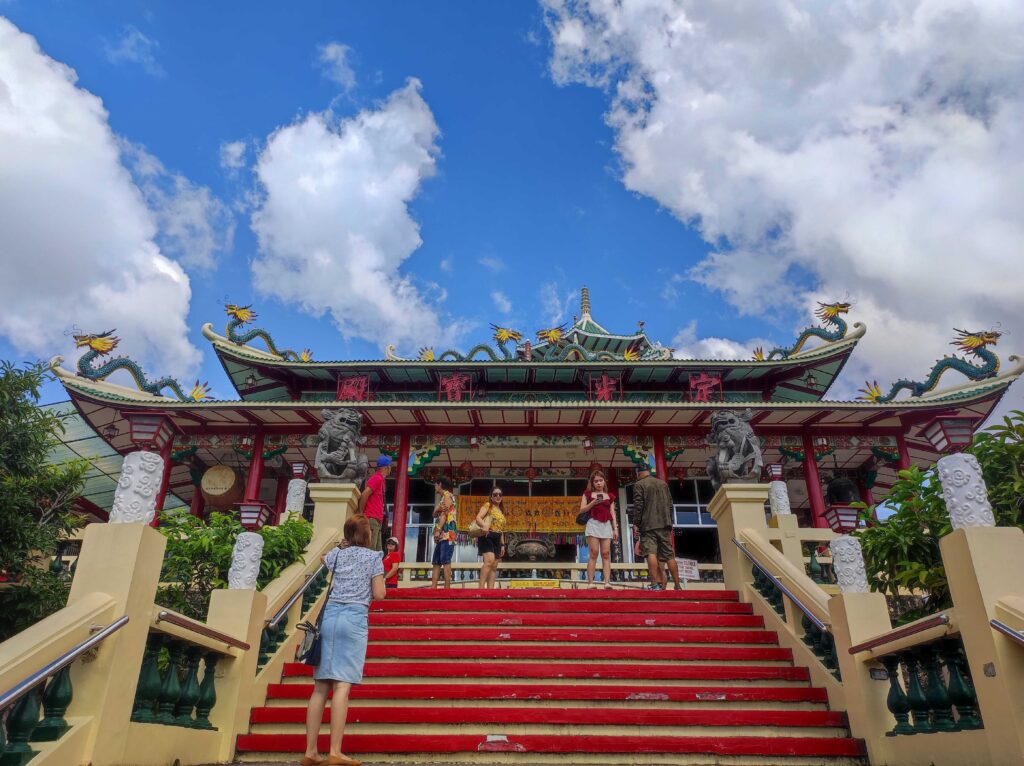
The Philippine Taoist Temple in Lahug, Cebu City. | CDN Photo /Ralph Gurango
Taoist Temple: A Symbol of Cebu’s Chinese Heritage
Located in Beverly Hills Subdivision, the Cebu Taoist Temple is a majestic multi-tiered temple built by the Chinese community in 1972. Inspired by traditional Fujianese architecture, the temple features dragon carvings, a pagoda-style roof, and a panoramic view of the city. Visitors can climb 81 steps, symbolizing the 81 chapters of the Taoist scripture, and even perform ancient fortune-telling rituals.
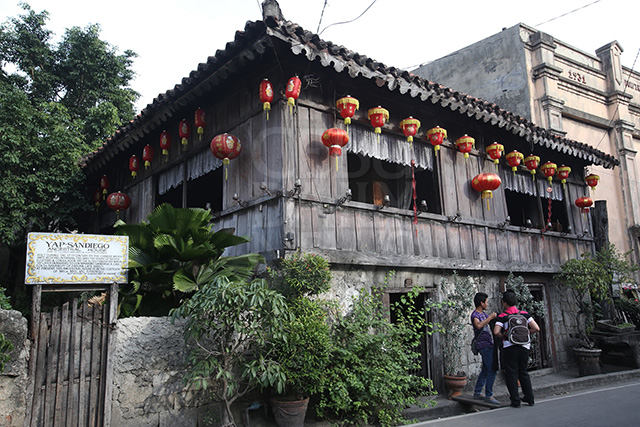
The Yap-Sandiego ancestral house is among the places delegates can tour. (CDN FILE PHOTO)
The Yap-Sandiego Ancestral House: A 17th-Century Treasure
Believed to be one of the oldest existing houses in the Philippines, the Yap-Sandiego Ancestral House was built in the late 1600s by a Chinese merchant family. Constructed using coral stones and molave wood, it has withstood centuries of history and remains a living museum, showcasing antique furniture, religious icons, and period artifacts from Cebu’s colonial past.
Cebu Business Park (CBP): The Heart of Cebu’s Economy
Cebu Business Park (CBP) is a 50-hectare master-planned mixed-use development that serves as the central business district of Cebu City. It is home to some of the biggest commercial establishments, multinational corporations, and financial institutions in the Visayas.
The area is designed to be a hub for business, retail, hospitality, and residential purposes, making it a bustling center for both local and international investors.
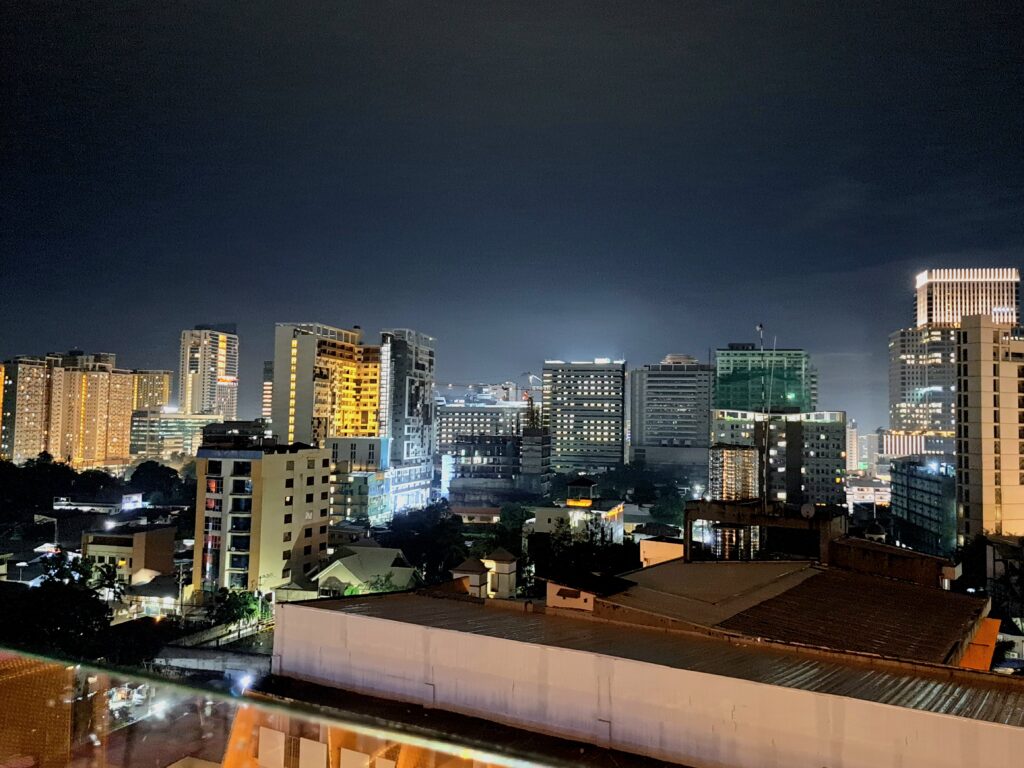
Night view of the skyscrapers at Cebu IT Park, home to the city’s biggest local and global outsourcing companies operating here. | Photo by Carl Lorenciana
Cebu I.T. Park: A Thriving Hub for Innovation
The Cebu I.T. Park, spanning 27 hectares in Lahug, is a key destination for Information Technology (IT) and Business Process Outsourcing (BPO) companies. Known for its modern infrastructure and proximity to residential and commercial areas, the park attracts some of the world’s largest tech firms and service providers.
It is also home to a growing number of start-ups, co-working spaces, and tech-driven enterprises, contributing to Cebu’s reputation as a leading IT and BPO hub in the country.
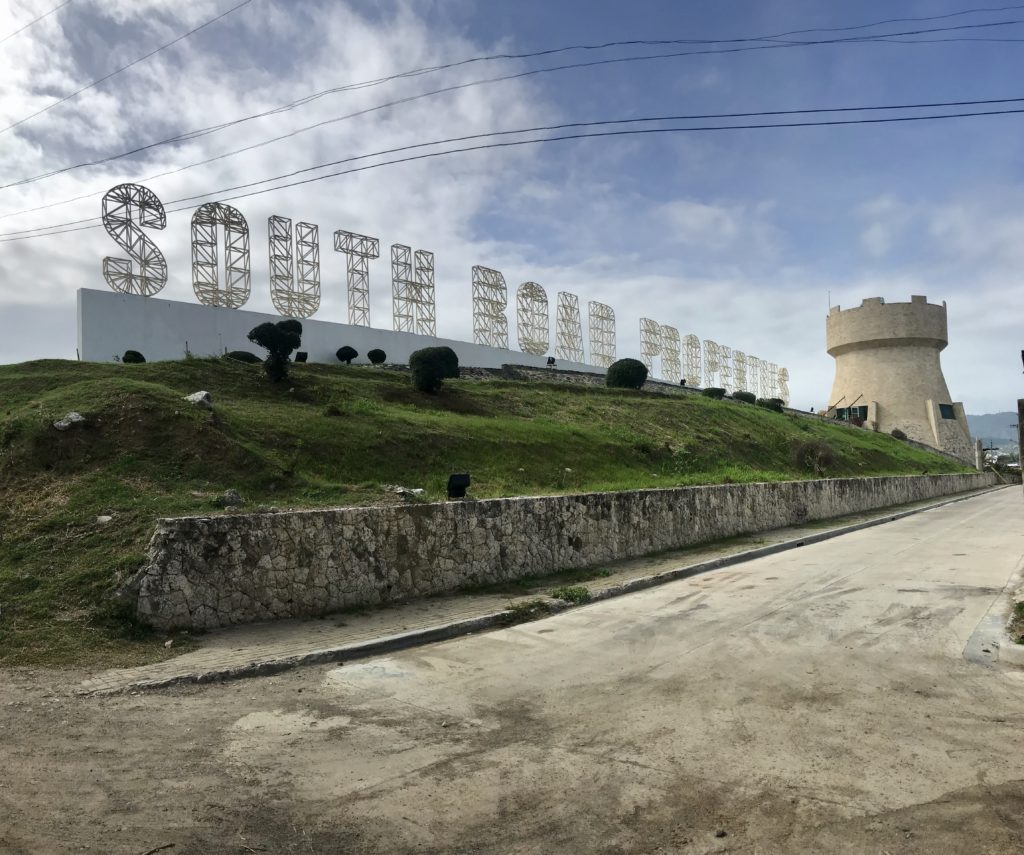
South Road Properties (SRP) CDN Digital photo | Brian J. Ochoa
South Road Properties (SRP): A Future Megacity
The South Road Properties (SRP), a 300-hectare island reclamation project, is set to be one of Cebu’s most significant business, commercial, and residential districts. Located along the southern coastline, SRP offers prime real estate for developers and investors looking to capitalize on Cebu’s growing economy.
With projects such as large-scale malls, residential towers, and commercial complexes, SRP is poised to become a vibrant, self-sustaining megacity in the near future.
SM Seaside City Cebu: A Shopping Paradise
SM Seaside City Cebu is the largest shopping mall in the Visayas and Mindanao region. Located along the SRP, this premium mall offers a wide range of retail outlets, dining options, and entertainment facilities such as cinemas, an ice skating rink, and event spaces.
Whether you’re looking for the latest fashion, local crafts, or international cuisine, SM Seaside has it all, making it a top destination for both locals and tourists.
Nustar Resort & Casino: A Premier Entertainment Destination
Nustar Resort & Casino, located within the South Road Properties (SRP) area, is one of Cebu’s most ambitious and expansive entertainment complexes. Offering luxury hotel accommodations, a world-class casino, fine dining options, retail outlets, and top-notch entertainment venues, it caters to a wide range of guests seeking both relaxation and excitement.
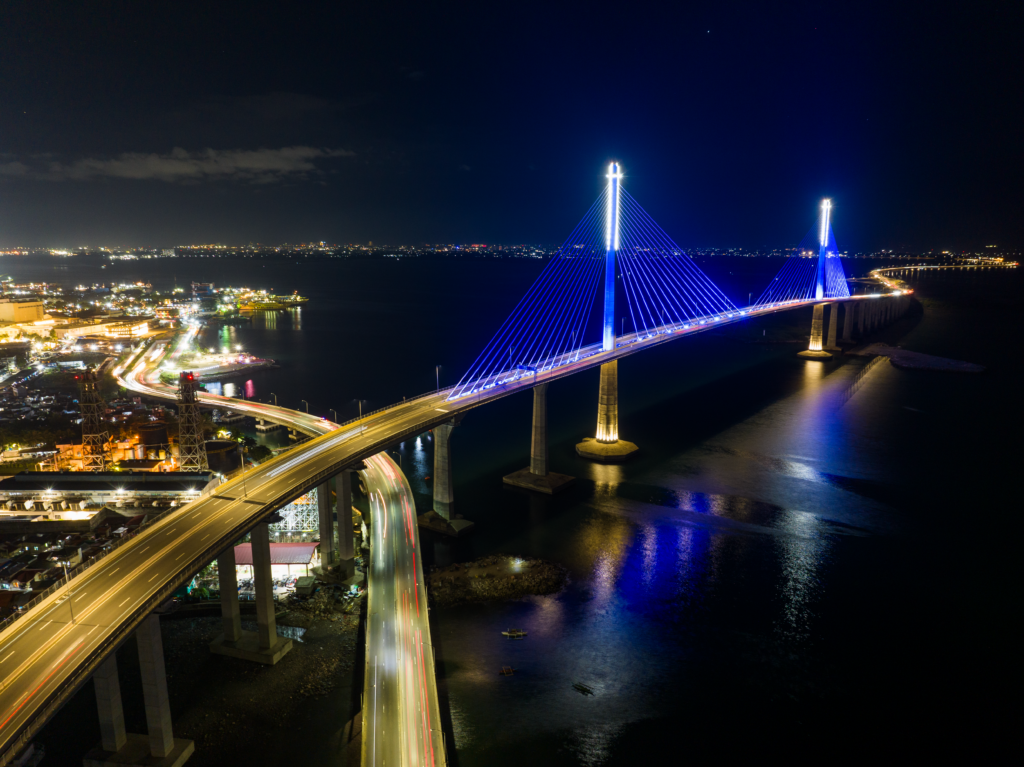
The Cebu-Cordova Link Expressway, recognized as the Philippines’ longest and tallest bridge, turns blue in support of CDN Digital’s 5th anniversary. | photo by John Ray Aligato
Cebu–Cordova Link Expressway (CCLEX): Connecting Cebu to Cordova
The Cebu–Cordova Link Expressway (CCLEX) is an 8.9-kilometer bridge that connects Cebu City to Cordova, significantly improving access to the southern parts of Cebu province and the island of Mactan.
The bridge, which is the longest of its kind in the region, aims to ease traffic congestion on existing routes while providing a faster and more convenient travel option for commuters and tourists.
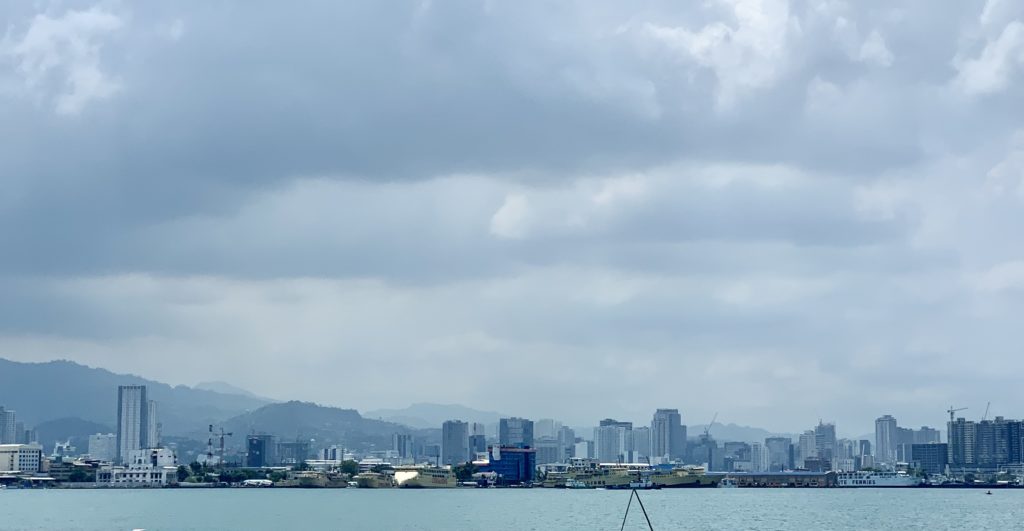
A view of Cebu City and its port. CDN Digital photo | Brian J. Ochoa
Port of Cebu: A Gateway for Trade and Commerce
The Port of Cebu is one of the largest and busiest ports in the Philippines, serving as a key hub for both domestic and international shipping.
Strategically located in the heart of Cebu City, the port plays a crucial role in facilitating trade, commerce, and the transportation of goods to and from various regions of the country. It is an essential link in the global supply chain, supporting logistics, manufacturing, and tourism industries across the Visayas and Mindanao.
Cebu South Coastal Road: Connecting Communities
The Cebu South Coastal Road is a six-lane, two-way road that stretches from Talisay City to Cebu City, improving accessibility between the southern part of the island and the Cebu metropolitan area. The road provides a faster, more efficient route for commuters and travelers, easing traffic congestion in the city.
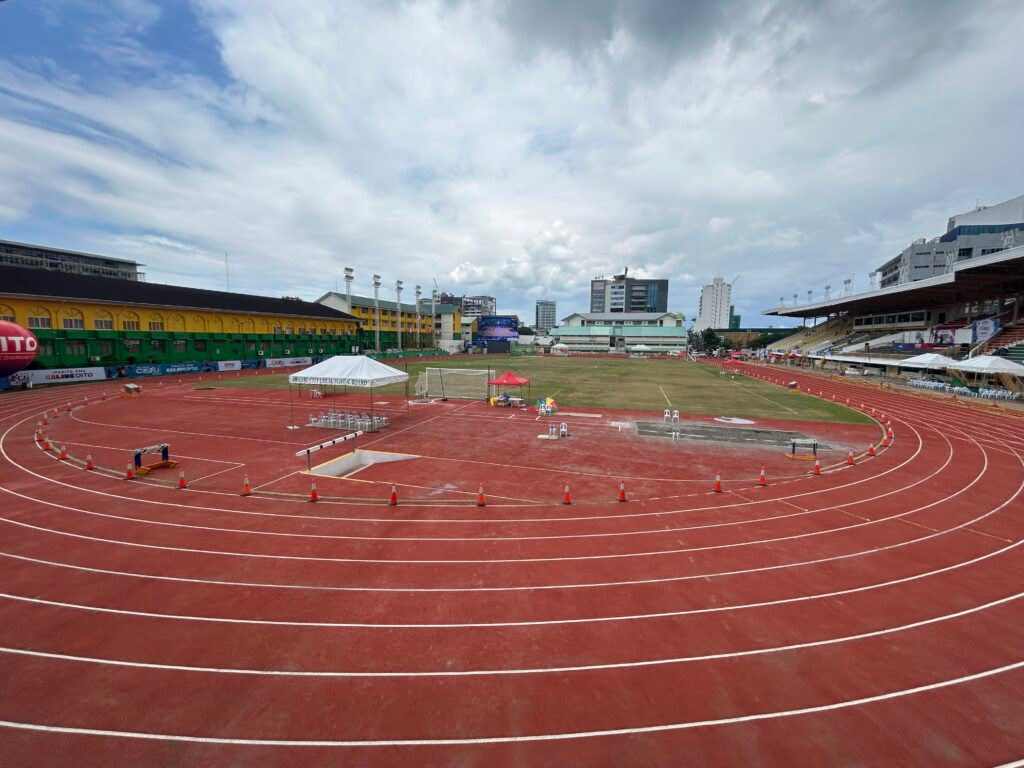
A photo of the Cebu City Sports Center track oval. CDN Digital File photo
Cebu City Sports Center: A Hub for Sports and Community Events
The Cebu City Sports Center is a prominent multi-purpose facility in Cebu City, hosting a wide range of sports events, community gatherings, and cultural activities.
The complex features an athletic track, football field, basketball courts, aquatic center, and other facilities, making it a favorite venue for both amateur and professional athletes. It is also a go-to location for city-wide events, concerts, and festivals.
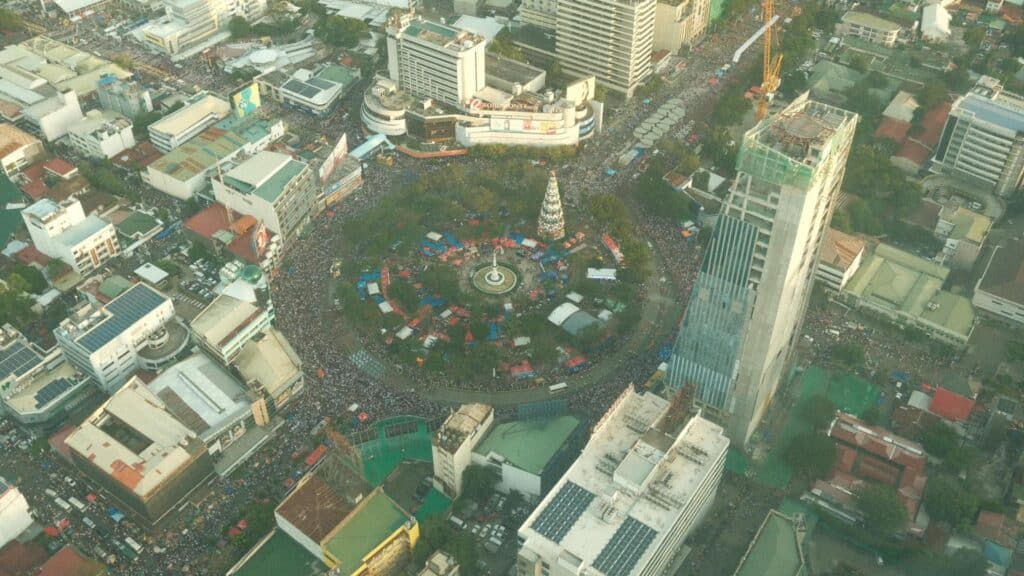
Aerial view of Fuente Osmeña on Sunday, January 19, 2025 as Cebu City celebrates the Sinulog Festival back at its original venue – at downtown Cebu City. | Photo from Office of Civil Defense – Central Visayas
Fuente Osmeña Circle: A Landmark of History and Heritage
Fuente Osmeña Circle is a heritage site that features a century-old fountain, which was originally part of the city’s waterworks system during the American colonial period.
This iconic roundabout is in the heart of uptown Cebu City, along Jones Avenue and General Maxilom Avenue. It has become a symbol of the city’s history and cultural heritage. Surrounded by businesses, schools, and residential areas, the fountain continues to be a popular meeting place and a focal point for locals and tourists.
Carbon Market: The Oldest and Largest Public Market
Carbon Market is Cebu’s oldest and largest public market, known for offering a wide variety of goods, from fresh produce and local delicacies to handicrafts and clothing. Serving as the economic center for both residents and merchants, it is the heart of Cebu’s local trade and a great place to experience the city’s vibrant culture.
Visitors can explore the bustling market stalls and enjoy authentic Cebuano food, making it a must-visit destination for anyone looking to experience Cebu’s everyday life.
Larsian: Cebu’s Famous Grilled Food Hub
Larsian is a popular food complex in Cebu City renowned for its grilled meats and seafood. Often referred to as the “Barbecue Capital” of Cebu, Larsian is a gathering spot for both locals and tourists looking for authentic Cebuano-style barbecue, grilled chicken, pork skewers, seafood, and sizzling dishes.
The open-air food court creates a lively atmosphere, making it a must-visit spot for anyone craving street food and the famous Cebuano grilling experience.

Hanging rice, locally called puso. | CDN Digital photo
Puso: A Culinary Treasure in Cebu
Puso, or hanging rice, is a popular choice to pair with Cebuano dishes. It is often paired with lechon and is a staple in many local meals. Known for its unique diamond-shaped packaging made from woven coconut leaves, puso consists of rice cooked inside the leaves, giving it a distinctive texture and flavor.
Cebu: A Hub for Prestigious Educational Institutions
Cebu City is renowned for being home to some of the most prestigious educational institutions in the Visayas region, attracting students from all over the country and beyond. These institutions are key players in shaping the future of the region, offering a wide array of academic programs that cater to diverse fields of study.
University of Cebu (UC), University of the Philippines Cebu (UP Cebu), Cebu Normal University (CNU), Cebu Institute of Technology – University (CIT-U), San Carlos University (USC), Southwestern University (SWU), University of Southern Philippines Foundation (USPF), University of San Jose – Recoletos (USJ-R), Cebu Doctors’ University (CDU), Velez College, Cebu Technological University (CTU).

Kris Tifffany Janson. | videograb from Empire.PH/YT
Kris Tiffany Janson
Kris Tiffany Janson, a beauty queen and model from Cebu, is another remarkable figure in the world of pageantry. She made waves when she won the Miss Universe Philippines Cebu 2024 title at the age of 34, breaking stereotypes about age in the competitive world of pageantry.
Beyond her pageant achievements, Janson also serves as the Deputy Protocol Officer at the Cebu City Government, using her platform and expertise to serve her community and make a difference.
Cebu-Based Topnotchers
Cebu is home to many top achievers who have made significant contributions to their respective fields. Below are some of the top achievers from Cebu, showcasing the city’s thriving academic and professional scene:
Physician (Medicine): Chris Niño Mendoza, Cebu City
Accountancy (CPA): Jianne Ilysse Yu, Cebu City
Civil Engineering: Francis Charles Lauta, Cebu City
Mechanical Engineering: John Philip Minancillo, Cebu City
Electrical Engineering: Christopher Maranga, Cebu City
Nursing: Chariemae Cañazares, Cebu City
High School Teacher Licensure Exam: Lara Tero, Cebu City
Elementary Teacher Licensure Exam:
Nomel Alyssa Andan, Cebu City
Mary Eloisa Fullo, Cebu City
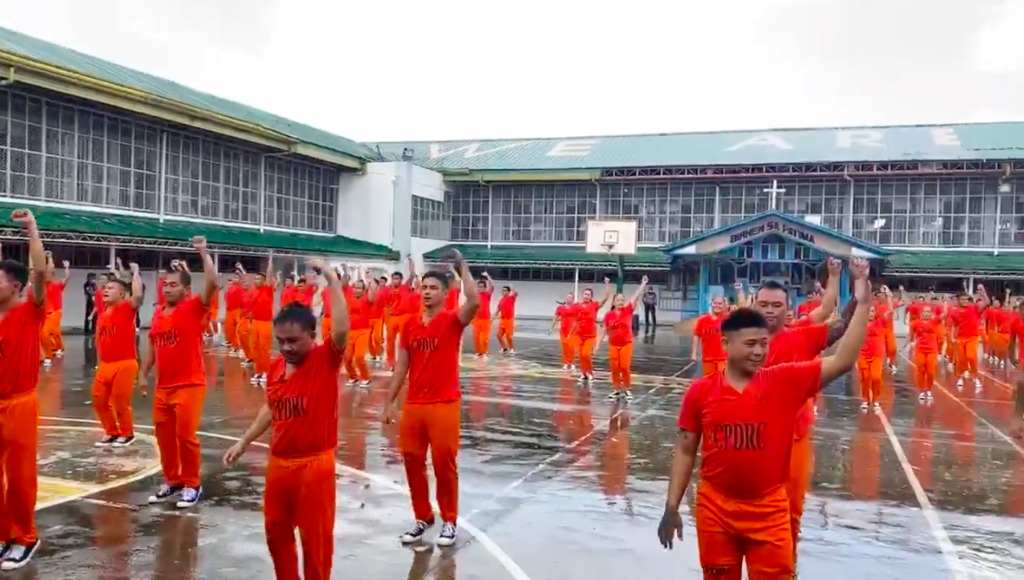
The CPDRC inmates perform during their relaunch on Friday, August 12, 2022. | via Sugbo News
The CPDRC Dance Sensation
The Cebu Provincial Detention and Rehabilitation Center (CPDRC) became internationally famous in 2007 when its inmates performed Michael Jackson’s Thriller for a viral YouTube video. Over the years, the inmates performed other iconic routines, turning their dances into both therapeutic activities and global entertainment.
The initiative drew worldwide attention to the Philippine justice system’s innovative rehabilitation programs, highlighting the positive aspects of prison reform.

